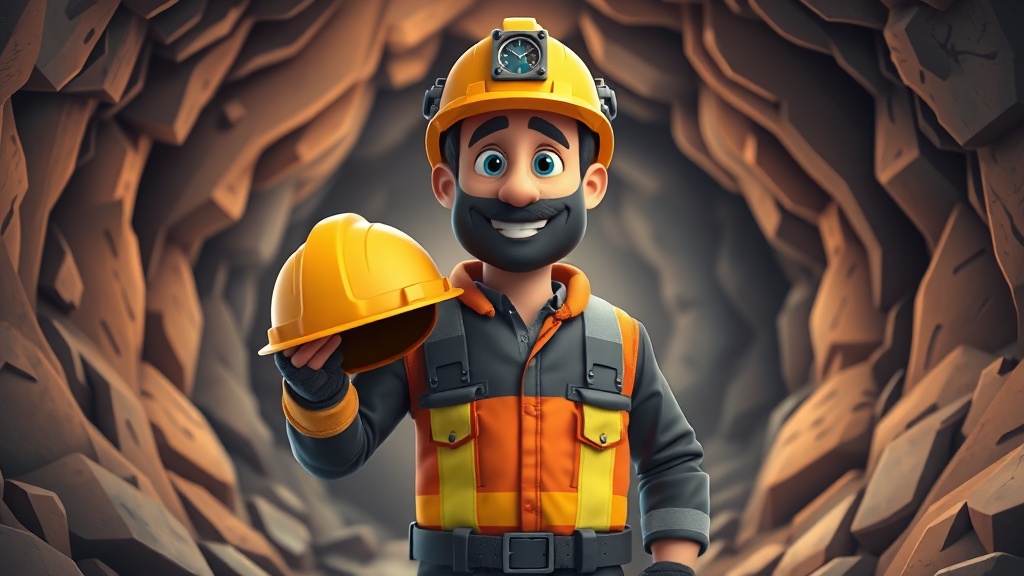Home / Disasters and Accidents / Codelco Vows Reforms After Catastrophic El Teniente Collapse
Codelco Vows Reforms After Catastrophic El Teniente Collapse
10 Oct
Summary
- Deadly rock burst at El Teniente mine killed 6 miners on July 31, 2025
- Codelco chairman calls it a "new phenomenon" that "overwhelmed" mine fortification
- Investigation cites changes in terrain and cavity interaction as probable causes

In a tragic incident on July 31, 2025, a rock burst at Chile's massive El Teniente mine killed 6 miners. Codelco, the state-owned copper company that operates the mine, has described the collapse as a "new phenomenon" that "overwhelmed" the mine's fortification.
According to Codelco's chairman, Maximo Pacheco, the preliminary investigation found that the most likely cause of the rock burst was a process of "vertical unloading due to geometric changes and cavity interaction" in the northwest part of the deposit. This means that changes in the terrain and the development of interconnected cavities over time had weakened the mine's structure, leading to the disastrous collapse.
The earthquake that triggered the rock burst measured 4.3 in magnitude, far exceeding the mine's design capacity of 1.5. Pacheco stated that the investigation found no observable precursor seismic activity, indicating that there were no missed warning signs.
Codelco has assured that the emergency response protocols were correctly followed, allowing for the safe evacuation of approximately 2,500 workers. However, the company acknowledges that rock bursts will always pose an inherent danger in underground mining operations.
To address this challenge, Codelco has outlined a comprehensive plan to improve safety at the El Teniente mine. This includes deeper terrain studies, new rock mass preparation techniques, enhanced support design and installation, increased mechanization, improved deep monitoring, updated numerical models, and a long-term global monitoring strategy. Pacheco emphasized Codelco's commitment to "turn this pain into improvements that protect life and strengthen underground mining" in Chile and beyond.




